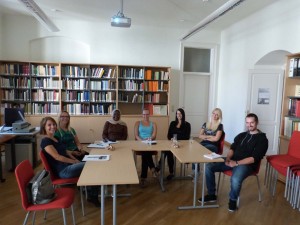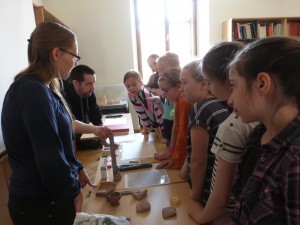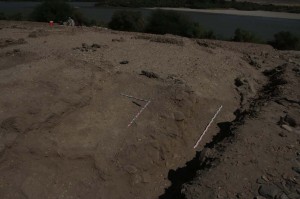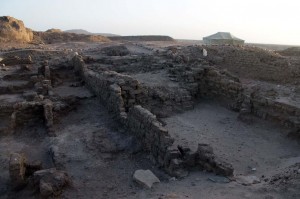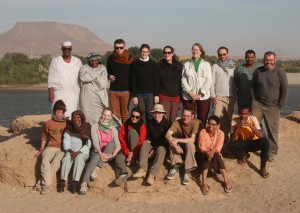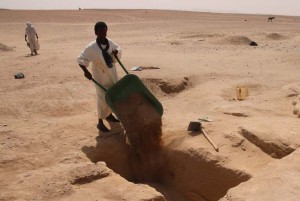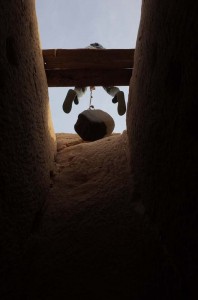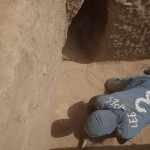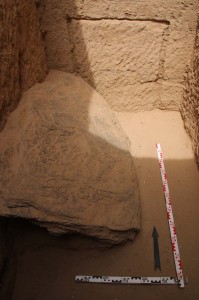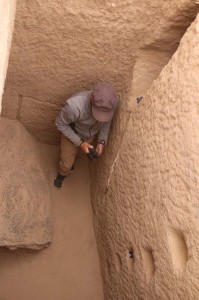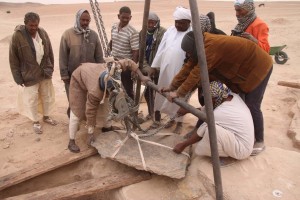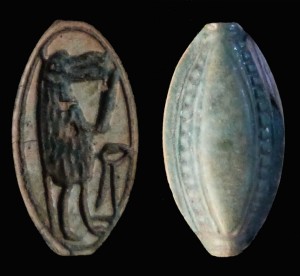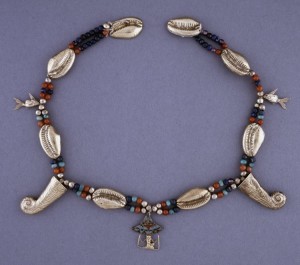One of the big advantages of ERC starting grants is their portability – in case the grant holder is offered a higher position or better career perspectives, his/her project moves also to the new host institution. This now applies to AcrossBorders – having been appointed as Professor for Egyptian Archaeology and Art, my project will be transferred from the Austrian Academy of Sciences to the Ludwig-Maximilians-University (LMU) Munich by April 1. I am very proud and happy that AcrossBorders will be embedded in one of Europe’s leading research universities.
In the field of Egyptology, Munich has with the Institute for Egyptology and Coptic Studies a long tradition of archaeological fieldwork in Egypt. The State Museum of Egyptian Art Munich holds not only splendid objects from both Egypt and Sudan, but also one of the most important concessions for excavations in Sudan (Naga) – AcrossBorders fits in perfectly in these fieldwork projects and will help to strengthen the importance of Munich as one of the main centres for Sudan archaeology in Germany.
Up to now, AcrossBorders has made very good progress according to schedule. We conducted fieldwork in Egypt and Sudan, had several workshops and meetings and a number of publications were submitted respectively published. Above all, we had a really good time in Vienna!
I am very grateful for all the support of the administration and the personnel management of the Academy and of course to all persons involved of OREA. Special thanks go to Dagmar Melman for all her patience in the last 2.5 years!
Due to various reasons, not all of AcrossBorders’ team members will be able to come to Munich – I am very happy that Giulia, Jördis and Miranda will accompany me to my new institution! Florence, Arvi, Daniela and Elke who unfortunately will not go for the Bavarian experience deserve special thanks for their participation and contribution – was great working with all of you! New team members will join us shortly and will be introduced on this blog.
Finally, thanks to my Austrian START prize and the kind agreement of both the Academy and the LMU, research will continue at OREA and I will remain the PI of this FWF funded and Austria-based project – moving between Vienna and Munich will for sure provide interesting results and stimulate fresh ideas in the next years. Looking much forward to this new challenge!


